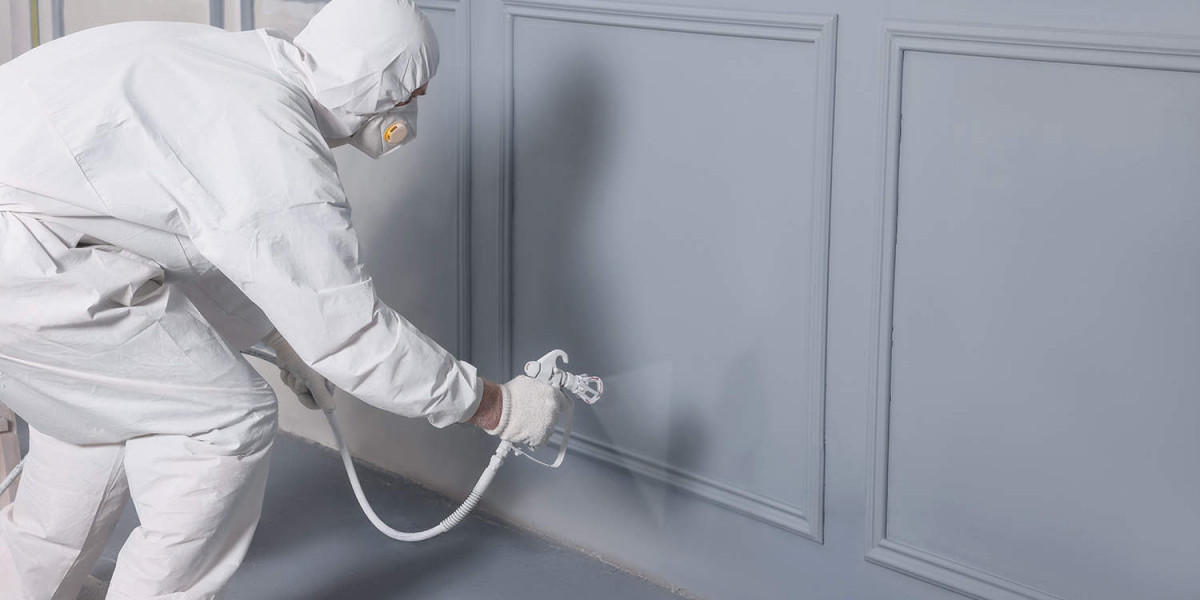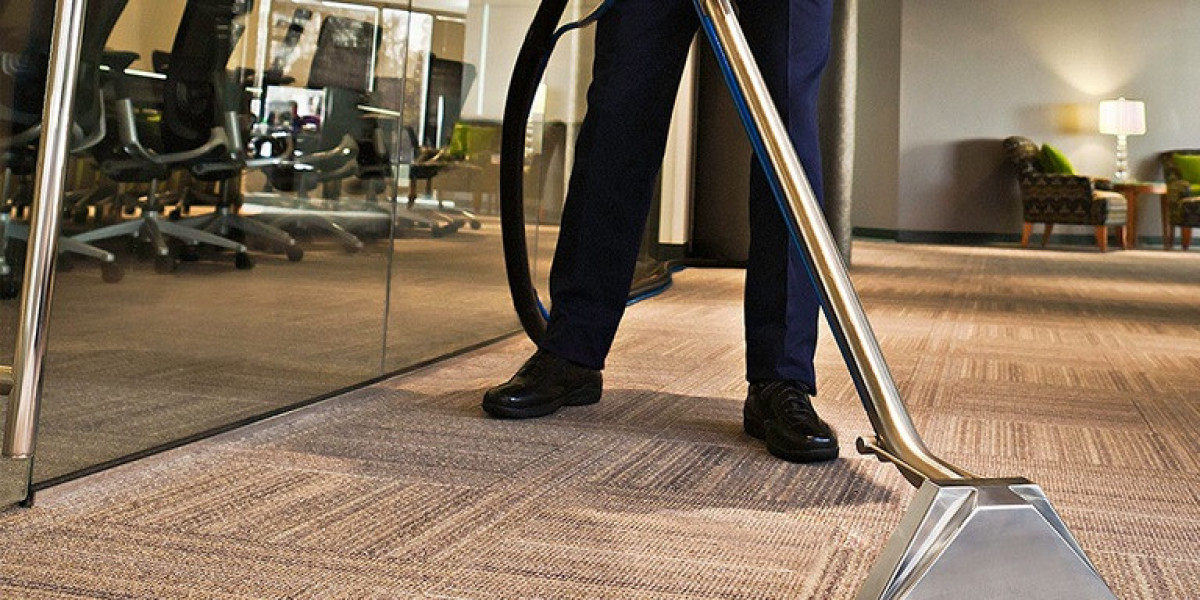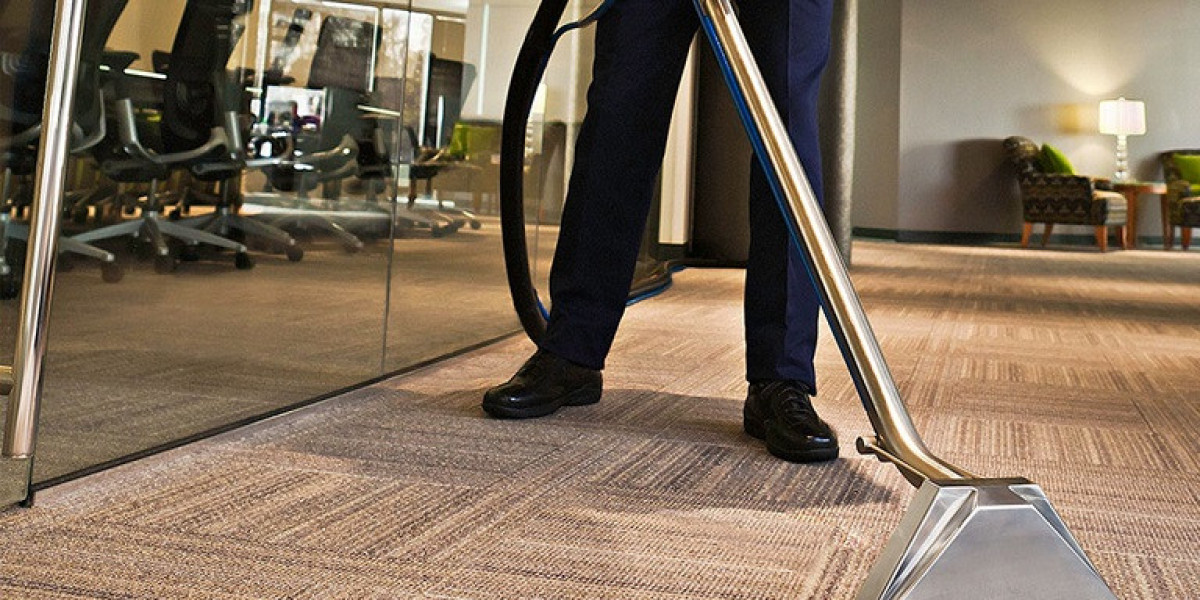When it comes to painting large commercial or industrial spaces, choosing the right method makes all the difference. Two common options are spray painting and rollers. Both have their place, but they perform very differently on large-scale projects where time, finish quality, and efficiency matter most.
Spray painting offers a high-speed, uniform finish across wide areas, making it ideal for expansive interiors and exteriors. Rollers, on the other hand, are more traditional and better suited for smaller or more controlled environments.
In high-demand commercial environments, choosing professional commercial spray painting can cut project times, deliver a better finish, and minimize disruption to operations.
Speed and Efficiency
Spray Painting Covers More in Less Time
One of the biggest advantages of spray painting is its speed. It allows painters to cover large surfaces in a fraction of the time it takes to use rollers. Whether it's ceilings, walls, metal structures, or high-access areas, spray painting moves fast and reduces project timelines significantly.
This makes a big impact in commercial settings where every day of downtime affects productivity or sales. A large warehouse or retail space can be coated quickly, letting teams move on to other stages of the project without delay.
Rollers Are Slower by Nature
Roller painting is more time-consuming, especially when dealing with textured surfaces, corners, or overhead areas. Every section requires multiple passes, and reaching high spots means constant repositioning of ladders or scaffolding.
For large spaces, rollers often require more labor and time to achieve full coverage. That slows down progress and increases overall project costs.
Finish Quality and Consistency
Spray Painting Delivers a Smoother Finish
Spray painting applies paint evenly without brush marks, roller lines, or texture inconsistencies. The result is a smooth, professional finish that looks clean from every angle. This is particularly important in modern interiors where visible imperfections are unacceptable.
Spray application works especially well on metal panels, industrial equipment, or architectural features where a flawless surface is essential.
Rollers Can Leave Texture or Streaks
Even with skilled hands, rollers often leave subtle textures or lap marks. On small areas, this might not be noticeable. But on large-scale projects, the inconsistencies become more visible, especially under artificial lighting or natural daylight.
Rollers also struggle with hard-to-reach areas and irregular surfaces, often leading to uneven finishes or missed spots.
Coverage and Material Efficiency
Spray Painting Reaches Every Angle
One major advantage of spray painting is its ability to coat irregular surfaces, crevices, and detailed structures without extra effort. It provides full coverage on materials like metal cladding, ductwork, corrugated panels, and piping, which would be time-consuming to cover manually.
This comprehensive reach ensures better protection for the underlying surface, especially in harsh environments where moisture or chemicals may be present.
Rollers Are Better for Flat Walls
Rollers do a decent job on large, flat walls or ceilings, especially with minimal obstructions. However, they fall short when it comes to complex shapes or awkward angles. In those cases, painters must switch between rollers and brushes to complete the job, adding time and effort.
Material coverage with rollers is also less precise, often requiring extra coats to achieve the desired finish.
Overspray vs. Control
Spray Painting Requires Skilled Control
Spray painting can result in overspray if not handled correctly. This is why preparation and masking are essential. Skilled professionals use advanced equipment and techniques to minimize waste and keep surrounding areas clean.
With proper planning, overspray can be controlled and contained, especially in commercial spaces where protection of fixtures and flooring is a priority.
Rollers Offer More Direct Control
Roller painting is less prone to spreading paint into unintended areas. It gives painters more control in confined spaces or when working near windows, trim, or finished surfaces. This makes rollers a better choice for precision work or rooms with many delicate features.
However, the benefit of control comes at the cost of speed and uniformity, which matters in large-scale projects.
Labor and Safety Considerations
Spray Painting Reduces Manual Labor
Spray painting minimizes physical strain on workers. Since it covers large areas quickly, there's less repetitive motion, bending, and ladder movement. This leads to fewer work-related injuries and improved productivity.
For overhead applications, such as ceilings or rafters, spray painting is safer and faster. Workers can cover large spans without constantly adjusting their position.
Roller Painting Requires More Physical Effort
Using rollers involves repeated up-and-down strokes, climbing ladders, and constant reloading of paint. Over large surfaces, this becomes physically taxing and increases the risk of fatigue-related errors.
More labor also means higher project costs and longer completion times, which can affect the overall success of a commercial painting job.
Cost Comparison Over Time
Spray Painting Is Cost-Effective for Large Areas
While spray painting might seem more expensive upfront due to equipment and setup, it often results in lower overall costs. The speed, reduced labor, and superior finish contribute to long-term savings. Fewer coats are needed, and touch-ups are rare.
In fast-paced commercial projects, time is money. Spray painting helps meet tight deadlines without compromising quality.
Rollers Can Lead to Higher Labor Costs
Roller projects require more painters, longer working hours, and often more materials due to extra coats. These factors increase the total cost, especially on high square footage projects.
While rollers are cheaper for small jobs, they’re less economical on a large scale.
Best Use Cases for Each Method
When Spray Painting Wins
Large warehouses, retail stores, and office complexes
Surfaces with complex textures or awkward angles
Projects with tight timelines
Jobs requiring a flawless, modern finish
Ceilings, ductwork, metal cladding, and machinery
Where Rollers Still Work Well
Small rooms or residential projects
Detailed trim work and accent walls
Areas with sensitive surroundings that are hard to mask
Jobs with limited access to spray equipment
Final Thoughts
For large-scale commercial and industrial projects, spray painting clearly outperforms rollers in speed, finish quality, coverage, and efficiency. It offers a smoother result, reduces labor costs, and delivers better value over time.
While rollers have their place, they can’t match the speed and consistency of professional spray application, especially across wide or complex surfaces.
Choosing the right method can make or break a project timeline. For the best outcome, invest in expert commercial spray painting that delivers precision, durability, and a professional finish every time.














